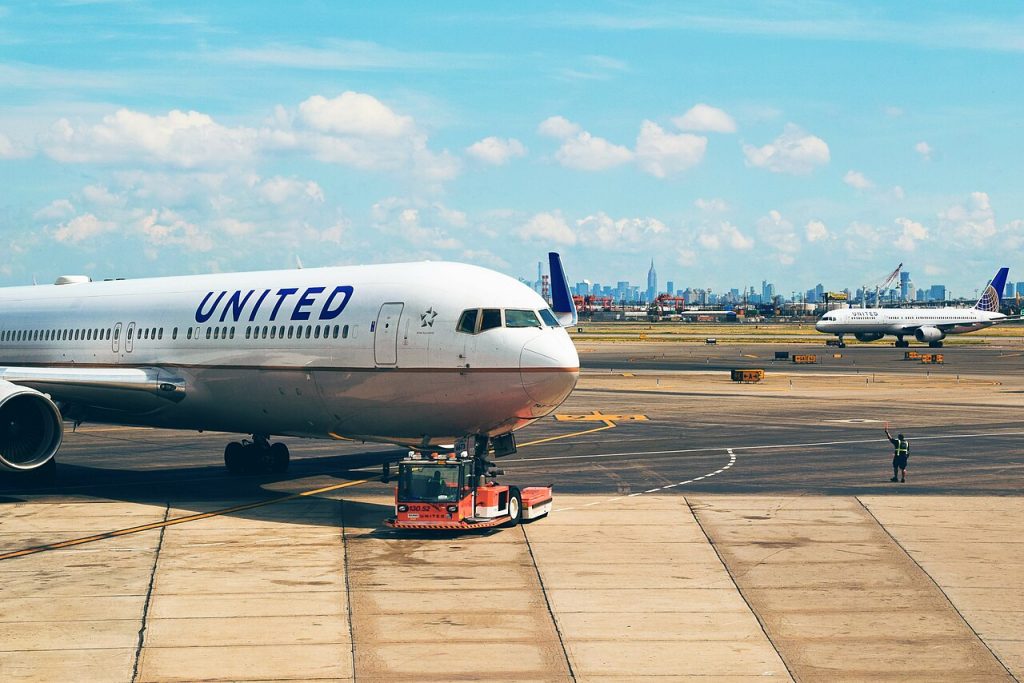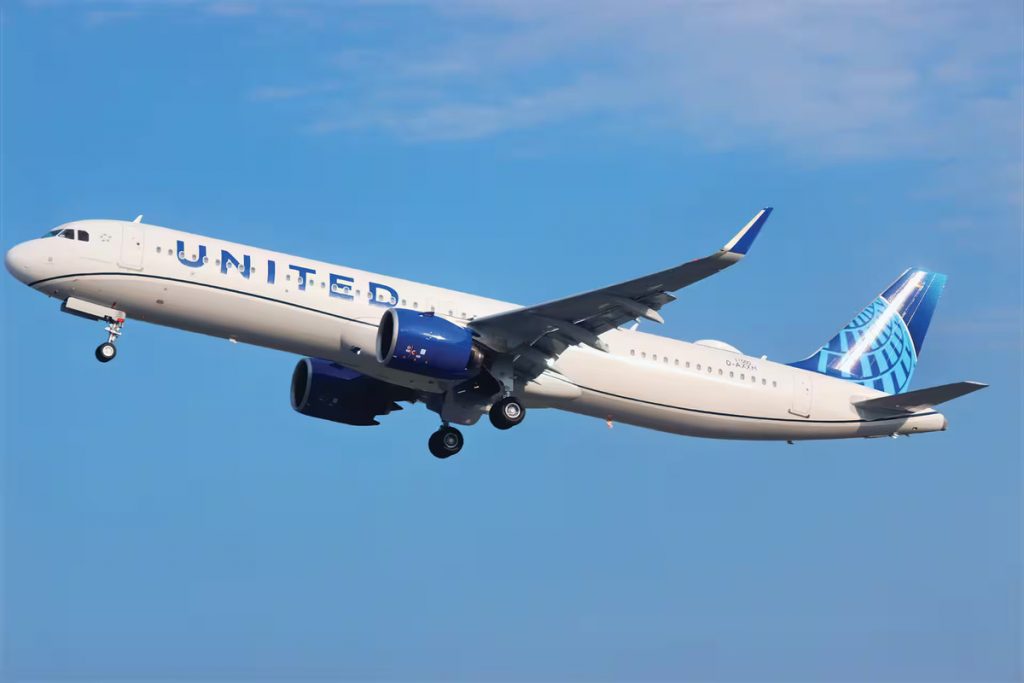In a bold move to streamline operations, United Airlines announced a 4% reduction in its management headcount during its third-quarter 2025 earnings call on October 16, 2025.
The airline attributed these cuts to AI-driven tools that have transformed back-office processes, with CFO Mike Leskinen highlighting an 8% reduction in non-union management roles across finance, scheduling, and loyalty marketing.
As United embraces automation, it warned of further 4% cuts planned for 2026, signaling a broader shift in how airlines leverage technology to boost efficiency.
AI-Powered Efficiency at United
United’s adoption of AI reflects a growing trend in the airline industry. Advanced tools are now handling tasks like revenue accounting, document processing, and crew scheduling, which previously required significant human oversight.
By automating these processes, United has reduced administrative overhead while maintaining operational performance. Leskinen emphasized that the 8% cut in non-union management roles was achieved largely through attrition, not layoffs, ensuring a smoother transition for employees.
The 4% overall management reduction primarily affects United’s Chicago headquarters, where approximately 5,000 employees work.

However, frontline roles like pilots, flight attendants, and air traffic controllers remain untouched due to union agreements and regulatory requirements.
This strategic focus on administrative efficiency allows United to optimize costs without compromising service quality or safety.
A Look Ahead: 2026 and Beyond
United’s announcement of another 4% management cut in 2026 underscores its commitment to long-term transformation. The airline is essentially redefining how headquarters operate.
Leskinen described the shift as a “headquarters-wide transformation,” suggesting that AI will continue to play a central role in reshaping corporate functions.
This move aligns with global trends, as airlines like Lufthansa plan similar AI-driven reductions, targeting 4,000 jobs by 2030. Despite these cuts, United is expanding elsewhere. The airline plans to add 5,400 jobs in Chicago over the next two years, primarily in frontline roles.
This growth highlights United’s dual strategy: leveraging AI to streamline management while investing in customer-facing positions to enhance service.

Financial Strength Supports Transformation
United’s AI-driven restructuring comes amid strong financial performance. In Q3 2025, the airline reported a 6% increase in premium cabin revenue and a 9% rise in loyalty program revenue.
Its Q4 earnings guidance of $3–$3.50 per share reflects confidence in sustained demand, even as economic uncertainties loom.
These results provide United with the flexibility to invest in technology and workforce expansion while cutting inefficiencies.
Conclusion
United’s approach mirrors a broader shift across industries, where AI is redefining traditional roles. By automating repetitive tasks, companies can redirect resources to innovation and customer experience.
However, this transformation raises questions about the future of white-collar jobs. As United and its peers lean into AI, workers in administrative roles may need to adapt to new skill sets or risk obsolescence.
United Airlines’ ability to balance cost-cutting with growth positions it as a leader in the airline industry’s AI revolution.
As 2026 approaches, all eyes will be on how United navigates this transformation while maintaining its reputation for reliability and service.

